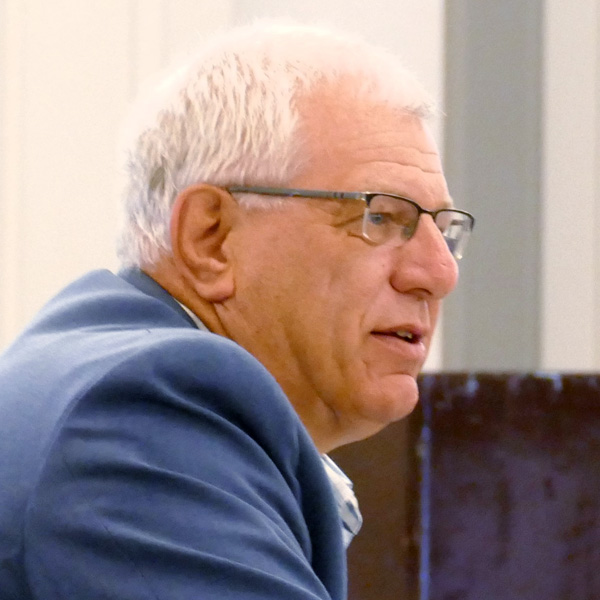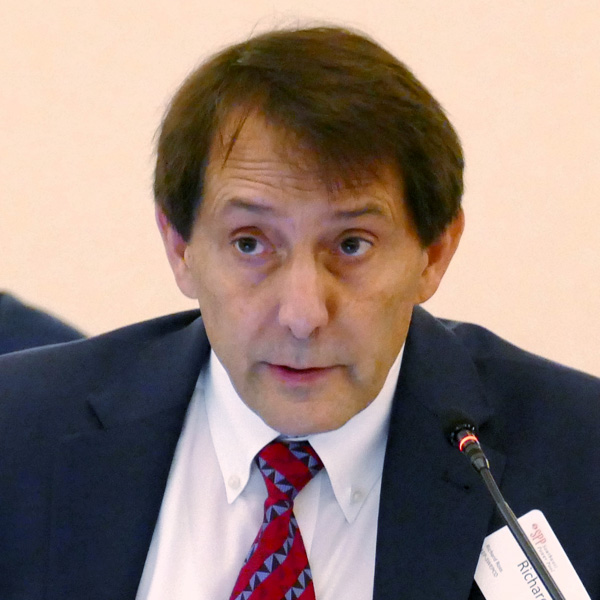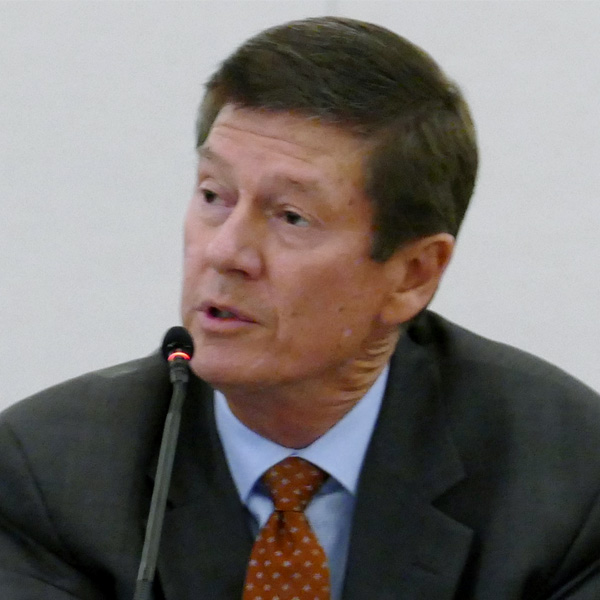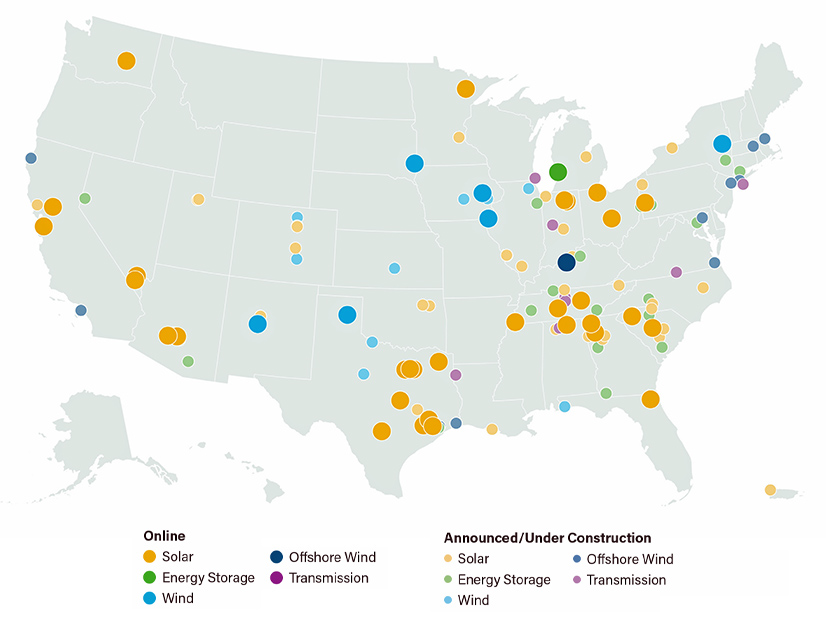PJM not Planning to Refile Components of Rejected CIFP Proposal
VALLEY FORGE, Pa. — PJM has scuttled plans to refile several components of its proposed capacity market redesign that was rejected by FERC in February (ER24-98).
Drafted through the Critical Issue Fast Path (CIFP) process conducted last year, the filing sought to rework the market seller offer cap (MSOC) and Capacity Performance (CP) structure, and establish a forward-looking energy and ancillary service (EAS) offset for the MSOC and minimum offer price rule (MOPR). The filing was one of two arising from the CIFP process last year; the other was approved by the commission in January and focused on risk modeling and generation accreditation. (See FERC Rejects Changes to PJM Capacity Performance Penalties.)
During the MIC’s meeting June 5, Chief Economist Walter Graf said PJM was considering refiling components that the commission either seemed supportive of or did not comment on in its rejection order. That included “clarifying revisions” to the definition of Capacity Performance quantified risk (CPQR), MSOC values for planned generation based on net cost of new entry, segmented offer caps and the forward-looking EAS offset. (See “PJM to Refile Portions of Rejected CIFP Proposal,” PJM MIC Briefs: June 5, 2024.)
But last week, PJM Lead Market Design Specialist Pat Bruno said the decision to not refile was made following mixed stakeholder feedback during the June meeting, as well as outreach to members over the past two months. He said the overall sentiment seemed to be that there is not a major imperative to refile at this time, particularly given the Quadrennial Review and second phase of the capacity market redesign, both expected to begin next year. Those two forums may be where PJM seeks to propose the items it intended to refile. (See “PJM Presents Road Map of Market Design Changes,” PJM MIC Briefs: July 10, 2024.)
The RTO envisions the Phase 2 discussion to center around a seasonal or sub-annual capacity construct, Bruno said.
PJM’s proposal did not subject intermittent resources to the must-offer requirement, but the RTO had considered doing so as part of a sub-annual market design while forming its proposals. A sub-annual design would allow for greater alignment of intermittent resource performance expectations and accreditation, he said.
Stakeholders Endorse FTR Manual Revisions
The MIC endorsed revisions to Manual 6: Financial Transmission Rights to conform with three FERC orders on storage, hybrid resources and bilateral trade agreements (ER19-469, ER22-1420 and ER24-374).
The revisions state that transmission customers using firm service to deliver energy for charging storage or open-loop hybrid resources cannot receive auction revenue right allocations. (See RTOs Move Closer to Full Order 841 Implementation.)
They also require reporting bilateral trades to PJM, including confirming that the seller has no continuing interests in the FTR once it has been transacted.
The revisions are set to go before the Markets and Reliability Committee for a first read Aug. 21 and move to an endorsement vote Sept. 25.
PJM Proposes Elimination of 2 Interface Pricing Options
PJM presented a quick-fix proposal to remove its high/low and marginal cost proxy interface pricing options because of lacking utilization. The quick fix process allows for an issue charge and proposed solution to be voted on concurrently.
Since their implementation in 2009, the options have been used only once, when Duke Energy Progress received FERC approval of a dynamic schedule with PJM, according to the RTO’s problem statement. That agreement was terminated in 2019, and the options have not been used since.
“PJM and its stakeholders have the opportunity to retire the aforementioned processes associated with the development of interface pricing points for non-market entities,” the problem statement reads. “There is an opportunity to simplify the existing language to remove outdated processes no longer used and better align with the existing language for the current interface pricing process in use.”
PJM’s Phil D’Antonio said the marginal cost proxy option required a congestion management agreement to be reached, but the RTO removed the management process in 2021.
Updated Guidance for Entering Dual-fuel Units into Markets Gateway
PJM’s Joseph Tutino reviewed the RTO’s updated guidance for how dual-fuel generators should reflect their fuel availability in Markets Gateway.
Resources assigned a cost schedule through the day-ahead or real-time markets are unable to subsequently switch their schedules, so dual-fuel generators that intend to switch the fuel they are operating on should update their schedule to state the fuel they will be consuming and the associated price, Tutino said.
If a gas-fired dual-fuel unit is committed to run on gas and then becomes unavailable later in the operating day, its gas cost schedule, incremental offer curve and no-load cost should be updated to reflect the cost of oil. The “reference schedule” field also should be updated to reflect the cost schedule ID of the alternative fuel.
PJM Presents Data on DR Availability
PJM analysis of demand response availability during the 10 days in 2022 and 2023 that comprised the top five weather load days for each year suggests that actual metered load reductions required to meet winter curtailment obligations were below the effective load-carrying capability (ELCC) rating assumptions for the resource class during the winter availability window hours. (See “Voltus Discusses DR Market Issues,” PJM MIC Briefs: July 10, 2024.)
The data were presented as part of a stakeholder discussion on whether the window in which DR resources are considered available to supply capacity should be expanded during the wintertime hours to reflect changes to PJM risk modeling that shifted focus to the evening.
Bruno said the ELCC analysis assumes that there is zero reduction capability outside the availability window of 6 a.m. to 9 p.m., which curtailment service providers argue undervalues the capacity they could offer. Bruno said the other side of the coin is that the data suggest that capability within the window is lower than ELCC ratings expect, and performance falls off even more outside the window.
Dave Mabry, of the PJM Industrial Customer Coalition, said the December 2022 data are skewed by emergency conditions overlapping with a holiday weekend, as PJM data for Dec. 23, a Friday, show many DR participants shutting down ahead of the holiday weekend starting as early as the morning prior to the load management event that occurred later in the evening.
Calpine’s David “Scarp” Scarpignato said the difference between thermal generation’s winter and summer capability is also not well captured in ELCC ratings. He said it would be more efficient for stakeholders to focus on overall ELCC improvements rather than having several complex stakeholder processes focused on the construct.
Several Corrections to Formulas Included in Proposed Manual 15 Revisions
PJM’s Jennifer Warner-Freeman presented a package of revisions to Manual 15: Cost Development Guidelines drafted through the document’s biennial review. The changes mainly focus on correcting formulas throughout the manual.
The revisions also would remove a table displaying variable operations and maintenance costs to prevent any confusion about which values should be used. Freeman said the costs are updated annually to account for inflation, and staff are concerned members may believe the manual values are static. The updated values are posted to the PJM website.



